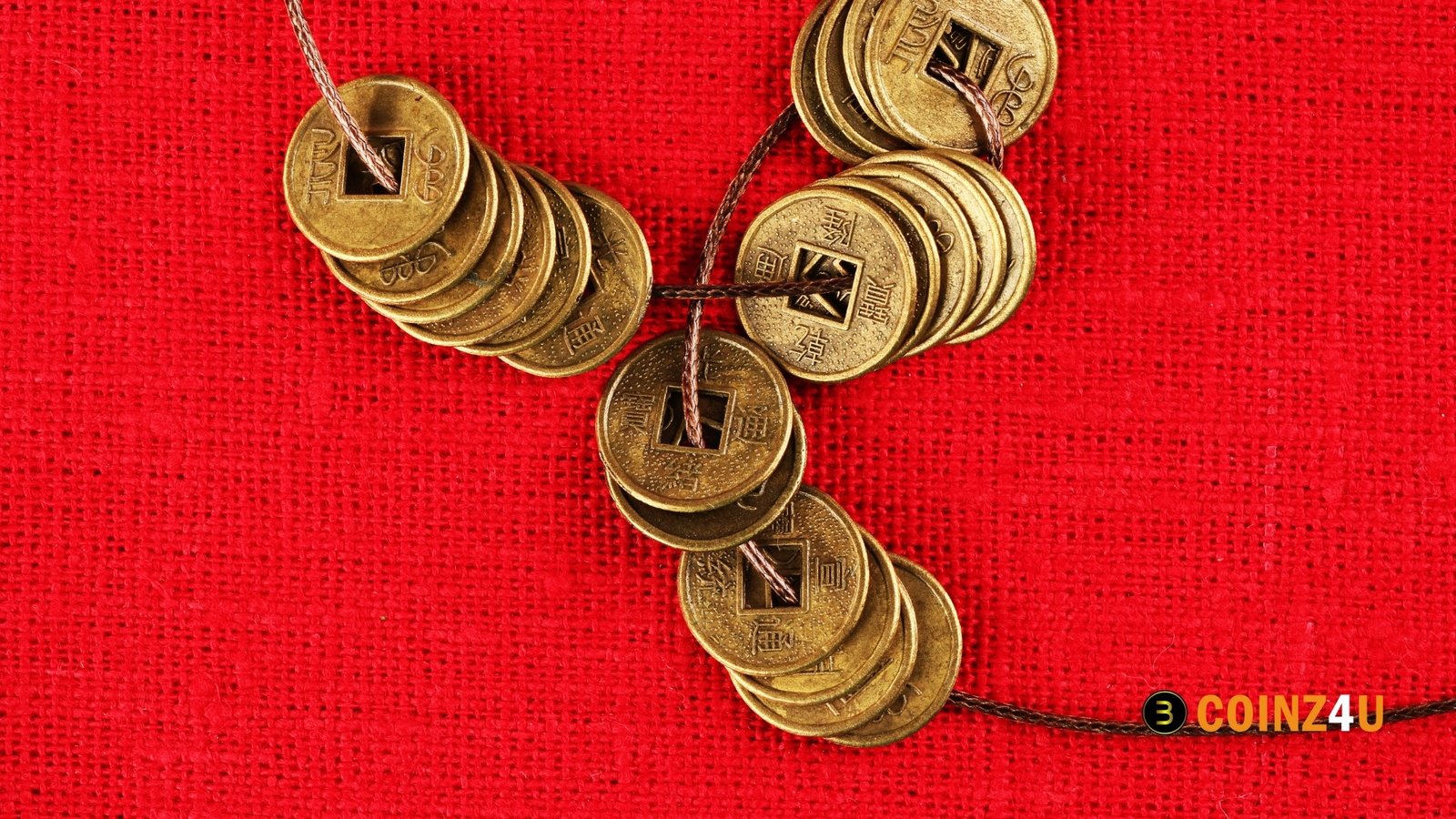Amulet Coin: There are always new coins and initiatives in the ever-changing cryptocurrency landscape that offer something different. One is Amulet Coin, which has intrigued investors and enthusiasts with its unique approach to digital assets and decentralized finance. Learn about Coin’s newest news, features, prospective uses, and ascension to the significance of the cryptocurrency market.
What is an Amulet Coin?
On a blockchain-based infrastructure, Coin offers decentralized digital currency transactions that are secure, fast, and scalable. DeFi projects employ flexible currency Amulet Coin. It uses smart contracts to automate financial transactions and make them more transparent. This renders it appropriate for various uses, including governance, reward distribution, and staking.
Amulet Coin enables trustless transactions and yields farming because it is compatible with alternative financial systems. Businesses and people seeking financial independence through decentralized solutions favor Amulet’s lower transaction costs, faster processing times, and improved security.

Recent Developments and Partnerships
Amulet Coin’s dedication to the crypto industry and its pursuit of innovations are two of its most appealing features. In 2024, Amulet Coin designated several liquidity providers and DEX’s strategic partners. By forming these alliances, Coin hopes to increase its usability and liquidity, making it easier to incorporate into a wide range of decentralized apps (dApps).
Amulet Coin has also joined the NFT craze by introducing its own NFT marketplace. With this change, users can mint, trade, and sell NFTs using Amulet Coin, following the trend of combining DeFi with NFTs. Amulet is establishing itself as a versatile asset in the digital economy by broadening its use cases beyond typical DeFi applications.
Key Features of Amulet Coin
-
Decentralization: Amulet perates on a decentralized network, meaning no central authority controls the token or its associated platform. This allows for a trustless system verifying and recording transactions on a public ledger, ensuring transparency and security.
- Staking and Yield Farming: Amulet offers staking opportunities, enabling users to earn rewards by locking their tokens in the network. Additionally, yield farming allows users to lend or provide liquidity to various platforms in exchange for interest or rewards.
- Scalability: The network supporting Amulet is designed to handle high transaction volumes without compromising speed or efficiency. This makes it suitable for use in high-frequency trading or micropayments, addressing one of the biggest challenges many other blockchain projects face.
- Smart Contracts: The backbone of Amulet functionality is smart contracts, which automate processes such as payments, asset transfers, and rewards distribution. These contracts execute predefined rules without human intervention, reducing the risk of fraud or error.
-
Governance: Coin Holders have a say in the platform’s future development through decentralized governance. This enables the community to propose and vote on changes, ensuring that the project remains in line with the needs and values of its users.
Market Performance and Adoption
Amulet’s market value and popularity have been rising rapidly since late 2024. Amulet Coin has become a reliable participant in the cryptocurrency industry. Its instability is due to its solid use cases and collaborations. The coin’s integration with top DeFi platforms has increased its value, made it more accessible to a wider audience, and increased liquidity.

NFT usage has increased Amulet usability. New customers are curious about creating and exchanging digital assets because of these and the enhancements to DeFi and foreign payments. In terms of the future of cryptocurrency, Amulet seems to be in a good spot.
Challenges and Future Prospects
Amulet Coin is getting better. However, it still faces the same issues as new cryptocurrencies. Regulatory oversight is a major worry as governments worldwide crackdown on cryptocurrency and decentralized platforms. On the other hand, Amulet Coin might be better able to handle these difficulties than centralized ventures because of its decentralized nature.
The competitive landscape is another obstacle. Differentiating oneself in the DeFi and NFT industries, where millions of tokens and cryptocurrencies are available, necessitates ongoing innovation and acceptance. Amulet Coin must keep improving and building partnerships to grow its ecosystem and stay ahead of the competition.
Final Thoughts
Amulet Coin’s unique DeFi strategy, scalability, and integration with the booming NFT market have propelled it to the forefront of the cryptocurrency industry. Its decentralized nature, staking capabilities, smart contracts, and governance make it a flexible token with many potential applications. However, there are also decentralized exchanges and international payments.
Amulet’s future impact on decentralized finance and digital asset trade is projected to be substantial. As it expands and improves. If users and investors want to make smart choices about Amulet’s future as an asset, they need to keep up with the newest news and changes in the ecosystem.
Read More: Understanding Pambi Coin: The Latest in Meme Cryptocurrencies
<h2>FAQs About Amulet Coin</h2>
1. Wh
at is an Amulet Coin, and how does it work?
<strong>Ans:</strong> Amulet Coin is a blockchain-based decentralized digital currency enabling rapid, safe, and scalable transactions. Smart contracts enable transparent, automated financial operations, including staking, rewards distribution, and decentralized governance. Liquidity provision, yield farming, and NFT marketplace integration are possible with Amulet Coin.
2. How can I earn rewards with Amulet Coin?
Ans: Staking and yield farming pay off. You get rewards for staking your Amulet Coins to secure the blockchain. Yield farming lets you lend money to decentralized platforms and get paid for your contributions.
3. What are the use cases for Amulet Coin?
<strong>Ans:</strong> Amulet Coin may be traded on DEXs, staked and governed for platform choices, used in NFT marketplaces, and used for cross-border payments. Its scalability and cheap transaction fees make it perfect for micropayments and high-frequency trading.



